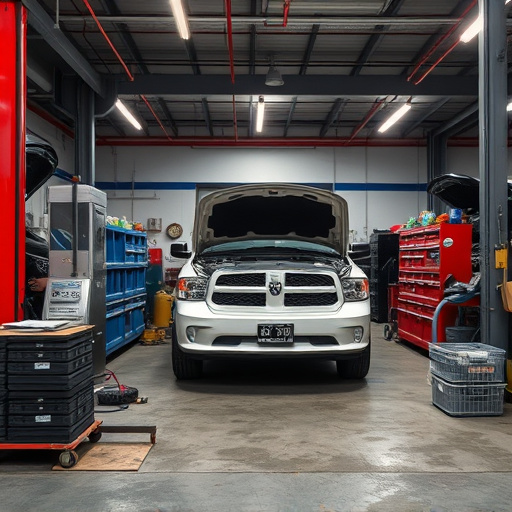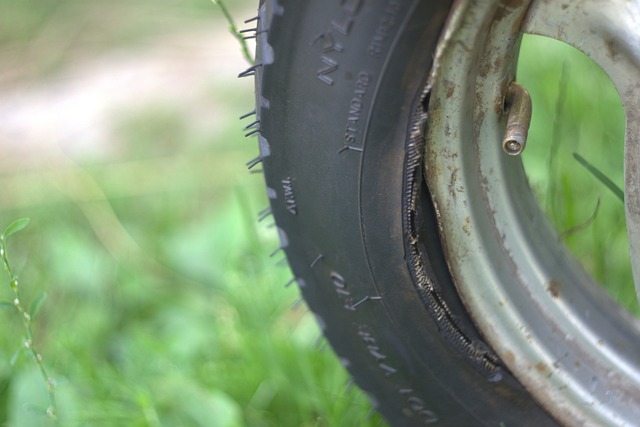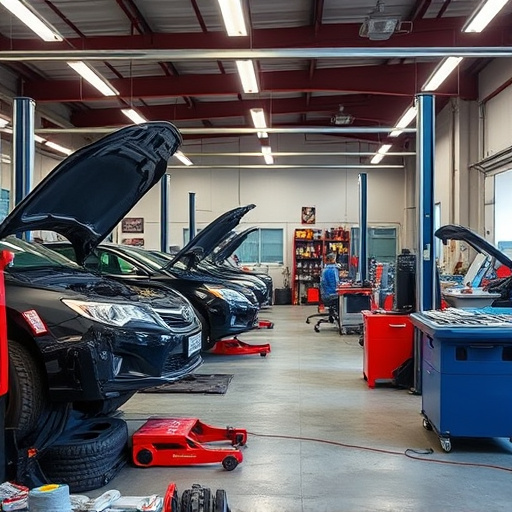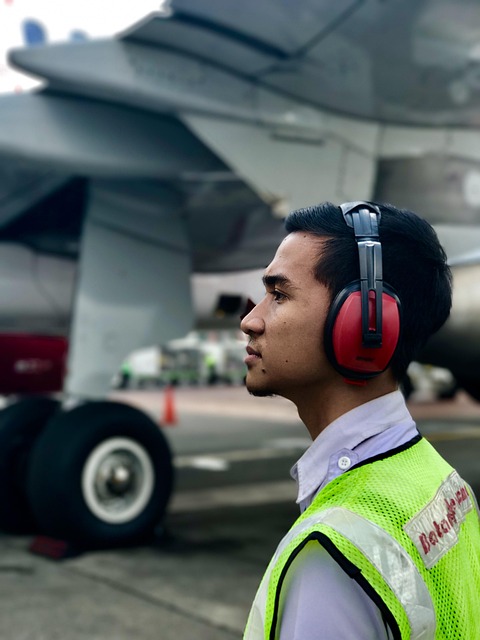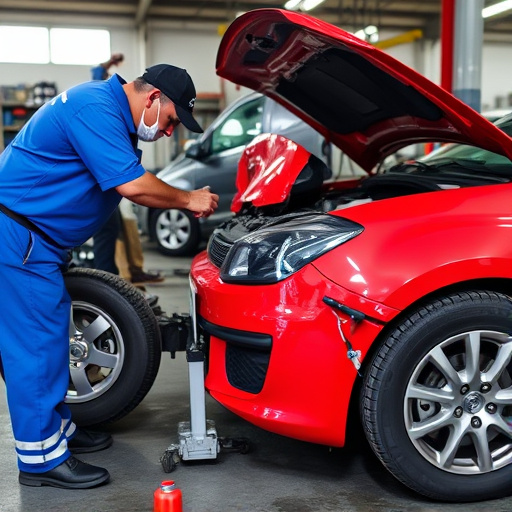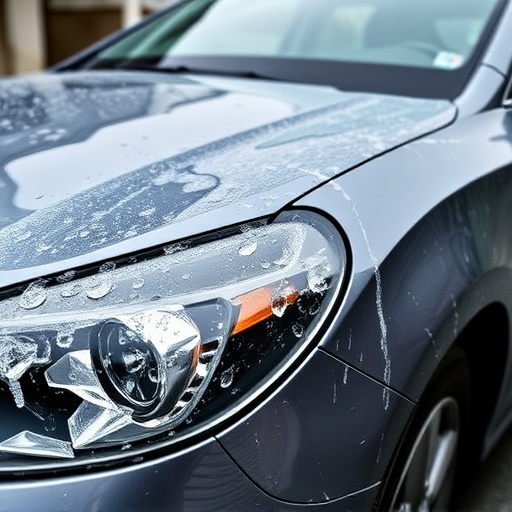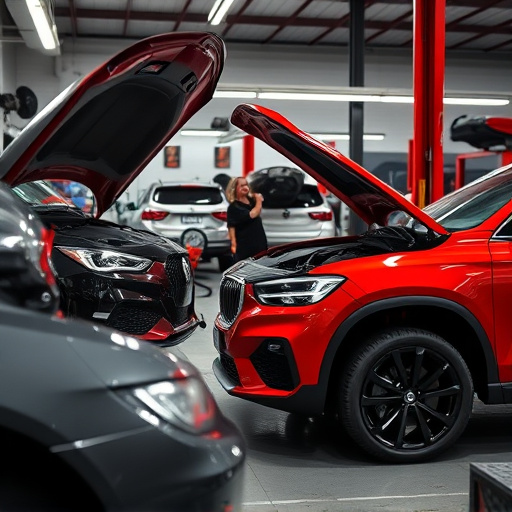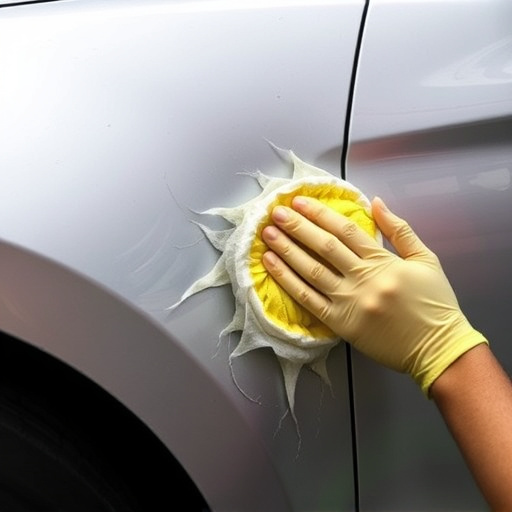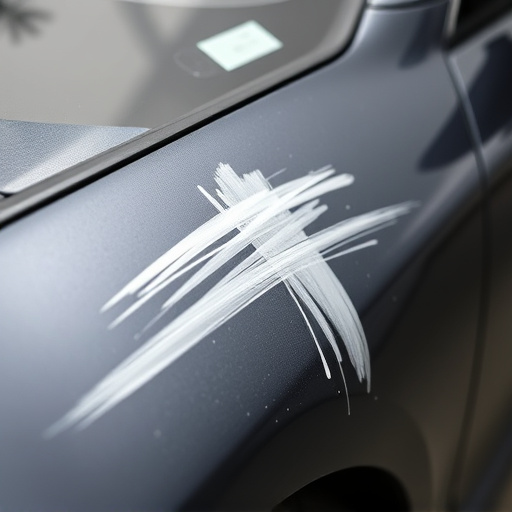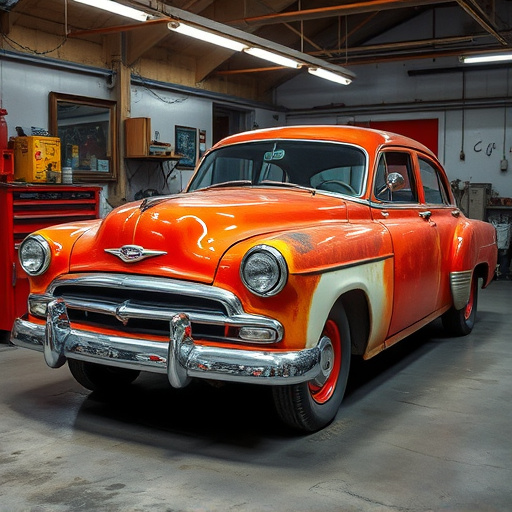Selecting high-quality equipment and utilizing specialized software are vital for capturing detailed repair photo documentation. This includes diverse imaging techniques, consistent lighting, and macro photography to accurately represent vehicle conditions. Organize and store photos with structured systems, including dates, descriptions, and location codes, for easy accessibility and enhanced decision-making in auto repair and collision centers.
“Maximizing the accuracy and detail of your repair photo documentation is key to ensuring successful restoration projects. This article guides you through best practices, from selecting high-quality equipment to capturing crisp, informative images. We’ll explore techniques for documenting every facet of a repair, along with strategies for organizing and storing these vital records. By implementing these practices, you’ll ensure the integrity of your work and facilitate efficient communication throughout the restoration process.”
- Choosing the Right Equipment for Accurate Documentation
- Capturing Detailed Images: Techniques and Tips
- Organising and Storing Repair Photo Documentation Effectively
Choosing the Right Equipment for Accurate Documentation

When it comes to capturing accurate and detailed repair photo documentation, selecting the appropriate equipment is paramount. High-quality cameras with good resolution and a stable tripod are essential tools for any vehicle body shop or restoration project. These ensure sharp, clear images that can capture even the minutest details of the repair work. Moreover, lighting equipment like reflectors or flash units can significantly enhance the quality of photos by illuminating dark areas and showcasing nuances in paint jobs or panel replacements.
Proper documentation goes beyond just capturing visuals; it involves ensuring consistency and organization. Using specialized software for managing these images allows for efficient storage, retrieval, and editing. This not only simplifies the process but also guarantees that every step of the repair process is accurately represented. As a result, detailed vehicle restoration or vehicle repair records can be maintained, facilitating smoother future reference and quality control measures in the vehicle body shop.
Capturing Detailed Images: Techniques and Tips
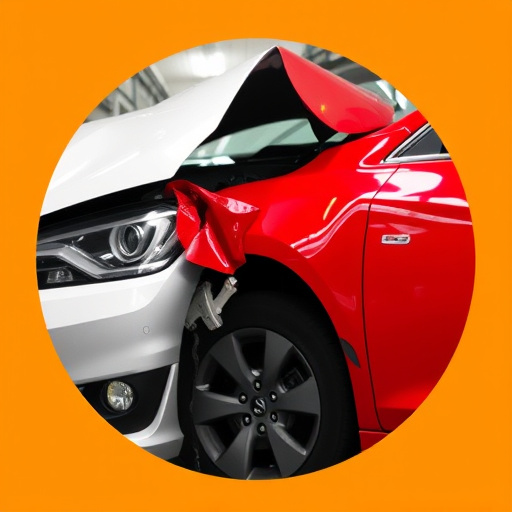
When it comes to repair photo documentation, capturing detailed images is paramount for accurate and comprehensive record-keeping in any auto repair shop or car collision center. Use multiple imaging techniques to ensure all damage, both visible and hidden, is documented accurately. This includes taking photos from various angles, close-ups of specific areas, and even disassembled views to illustrate internal components. Incorporating scale references—like a measuring tape placed alongside the damaged area—helps in providing precise dimensions.
In an auto collision center or for car repair services, lighting plays a crucial role. Ensure your photographs are taken under consistent lighting conditions to avoid shadows that might obscure important details. Consider using reflectors or additional lighting sources to illuminate hard-to-reach areas. Additionally, use a high-resolution camera with a good lens to capture crisp images. For intricate repairs, macro photography can be invaluable for documenting minute details. Remember, the goal is to create a visual narrative that accurately reflects the state of the vehicle before, during, and after repair, making it easier to track progress and ensure customer satisfaction.
Organising and Storing Repair Photo Documentation Effectively
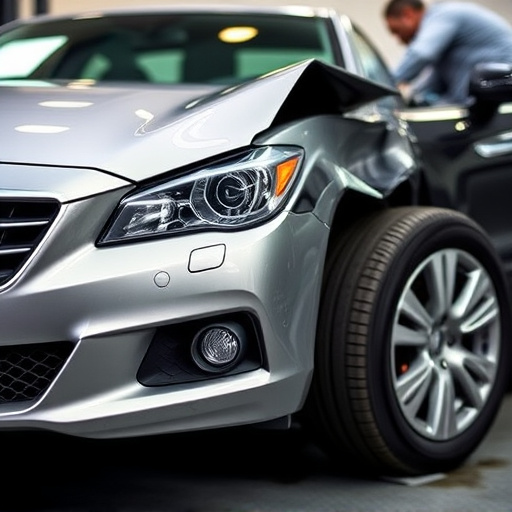
Organising and storing repair photo documentation effectively is paramount for maintaining accuracy and detail throughout the entire process, whether it’s for a car restoration project or fleet repair services. A well-structured system ensures that all visual records are easily accessible, allowing car body shop professionals to quickly reference specific repairs or damage details. This not only streamlines operations but also serves as an invaluable resource for future reference or insurance claims.
Implementing consistent folder structures and naming conventions across all digital platforms is a best practice. For instance, create folders based on project type (e.g., “Car Restoration – 2023 Model”) or vehicle identification numbers (VIN) for easier navigation. Each photo should be labelled with descriptive captions that include dates, repair descriptions, and relevant location codes within the car body shop. By adhering to these practices, fleet repair services and car restoration specialists can maintain comprehensive and accurate repair photo documentation that facilitates better decision-making and ensures high-quality workmanship.
Effective repair photo documentation is a multifaceted process that requires the right tools, meticulous image capture techniques, and organized storage. By choosing high-quality equipment, implementing detailed imaging practices, and maintaining a structured system for organizing photos, professionals can ensure accurate record-keeping and easy access to visual information. This, in turn, facilitates better decision-making, enhances communication, and ultimately improves the overall repair and restoration process.

